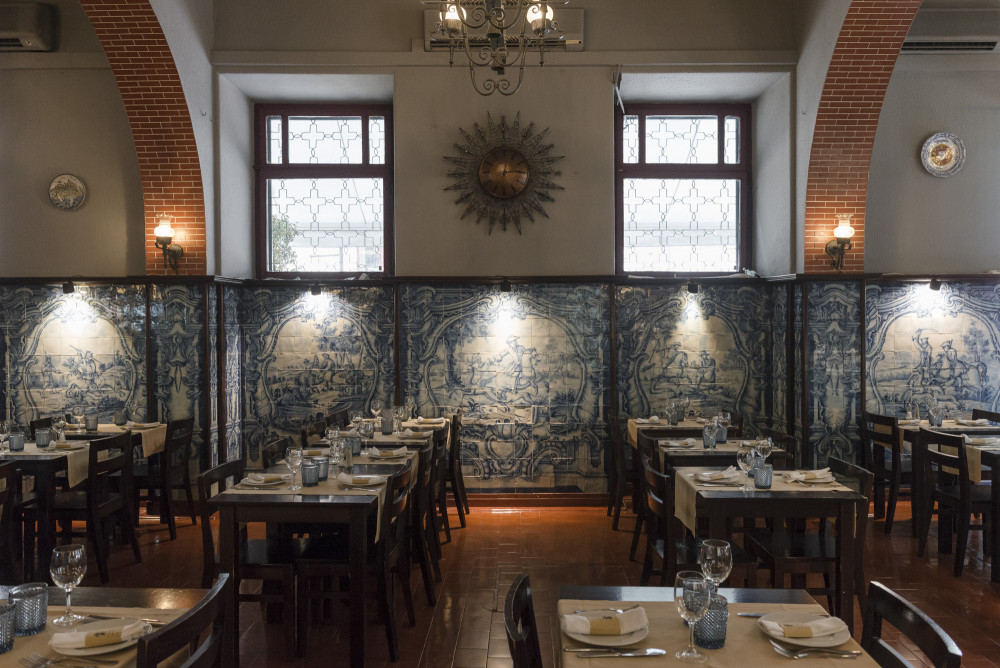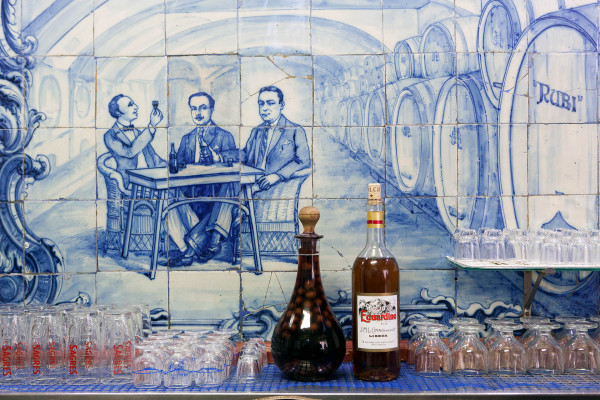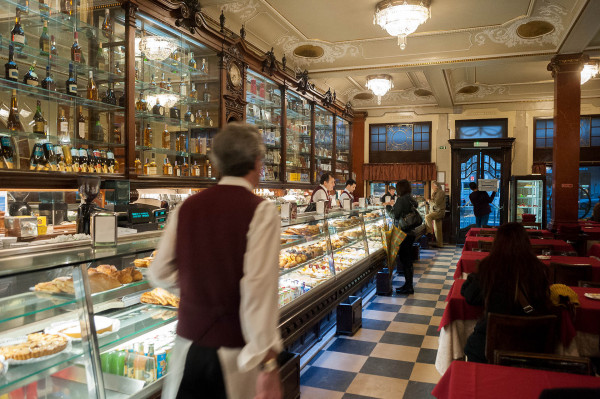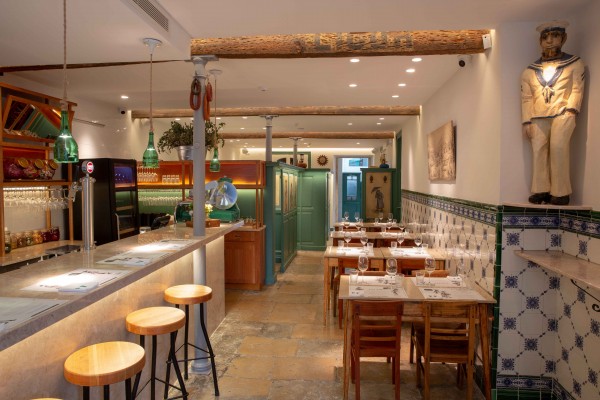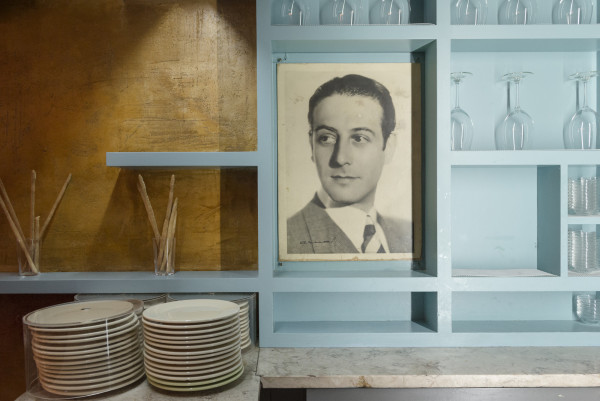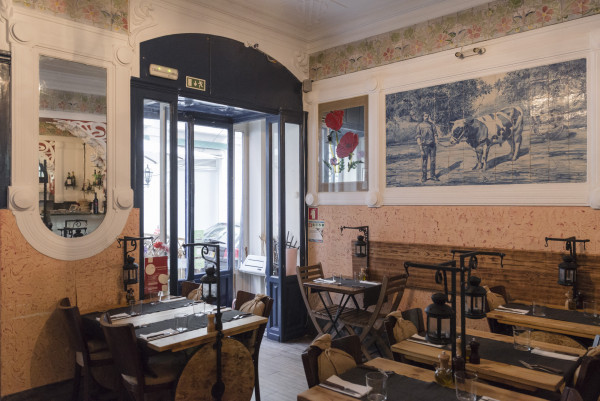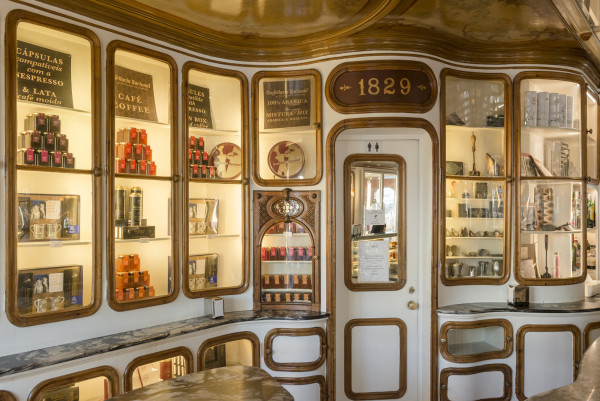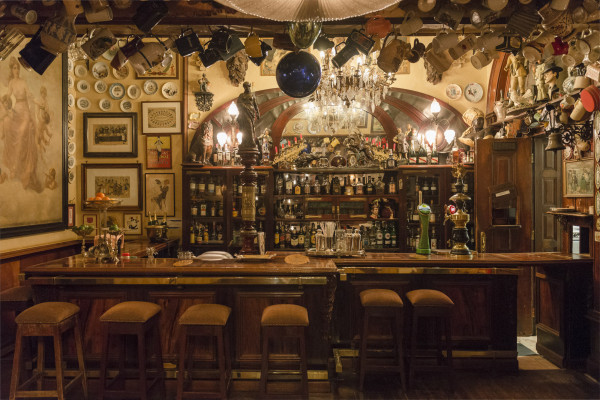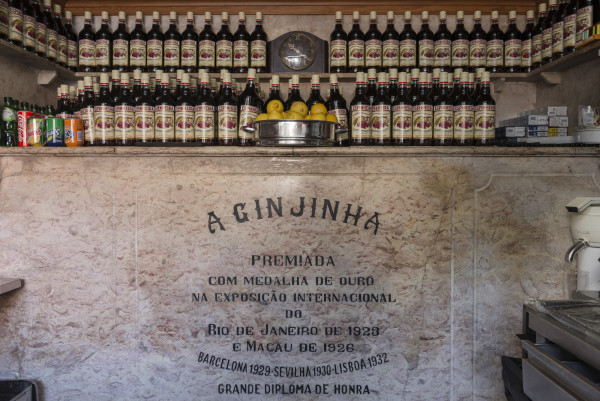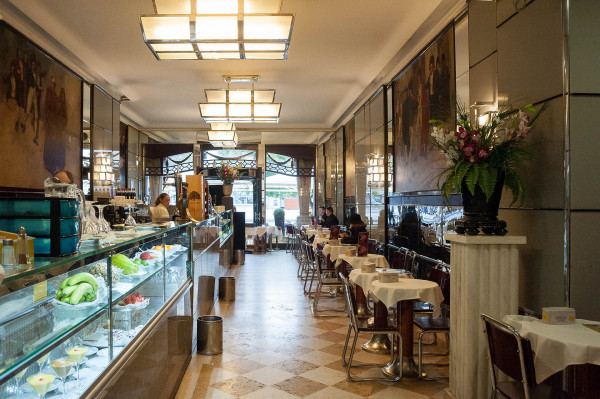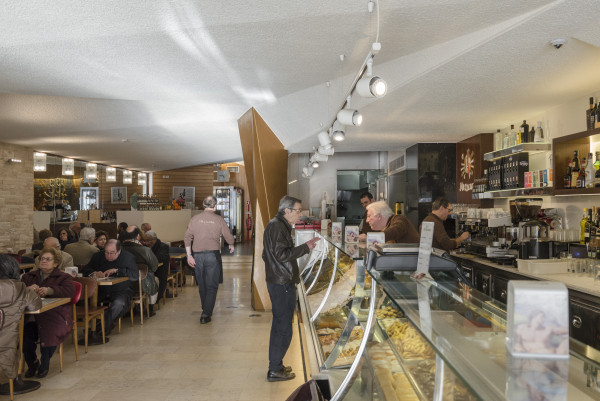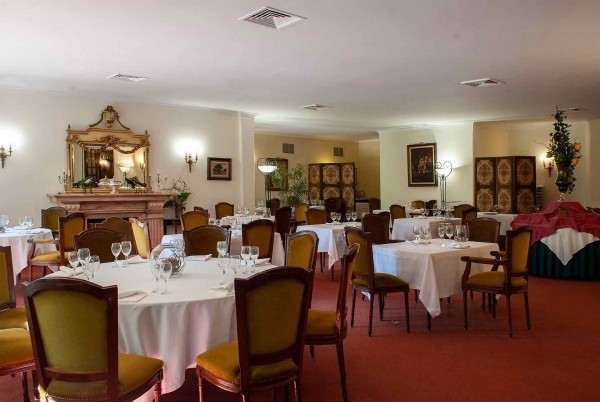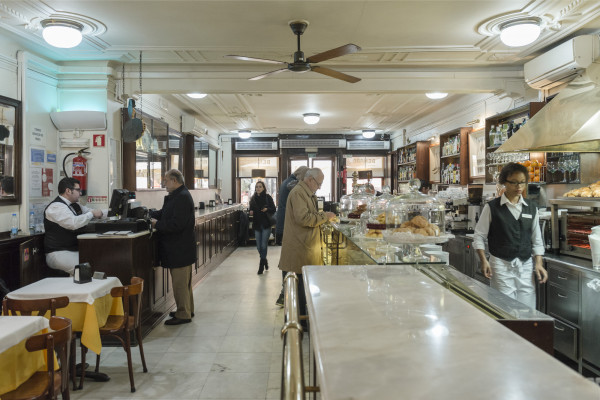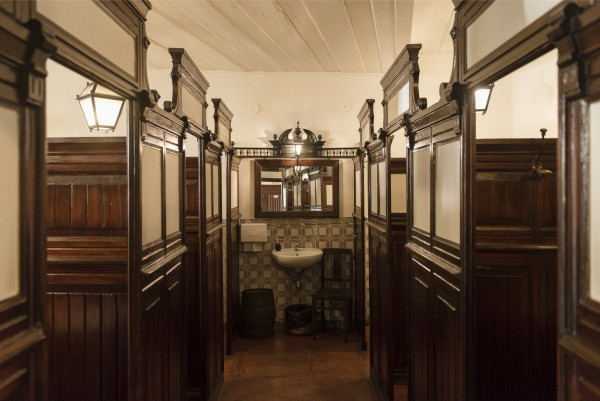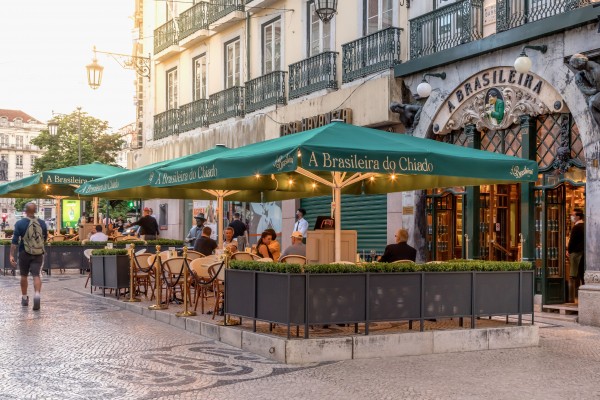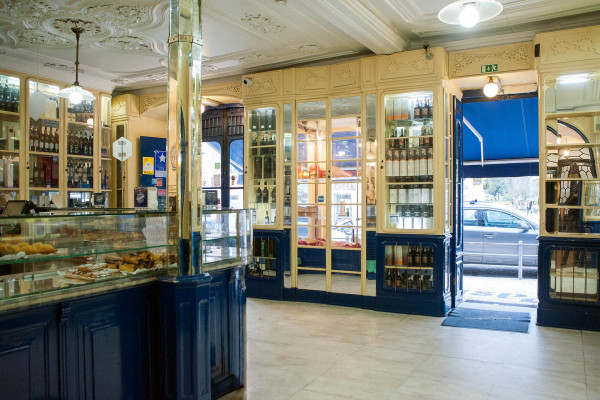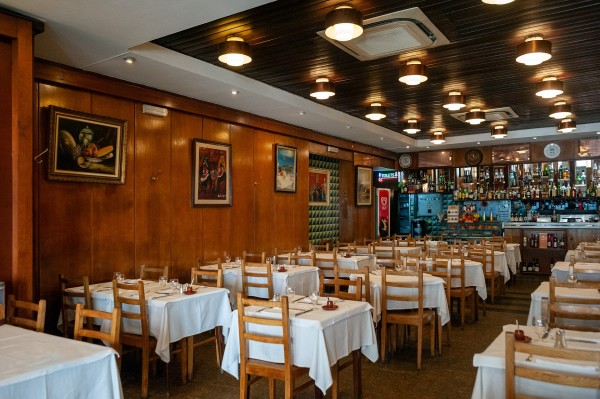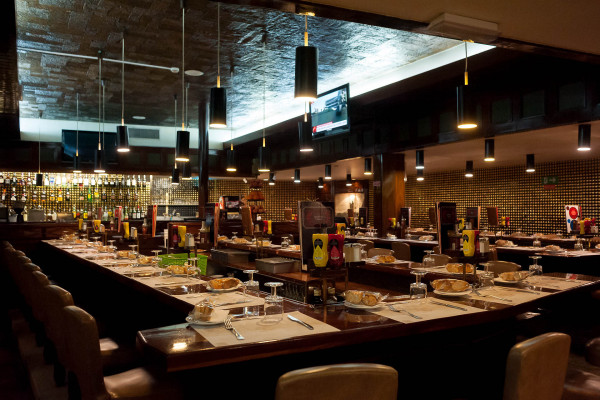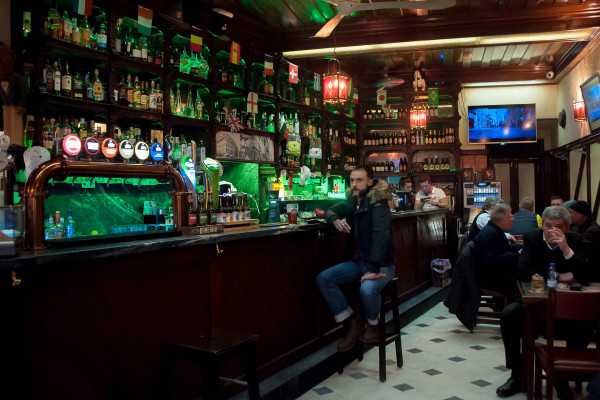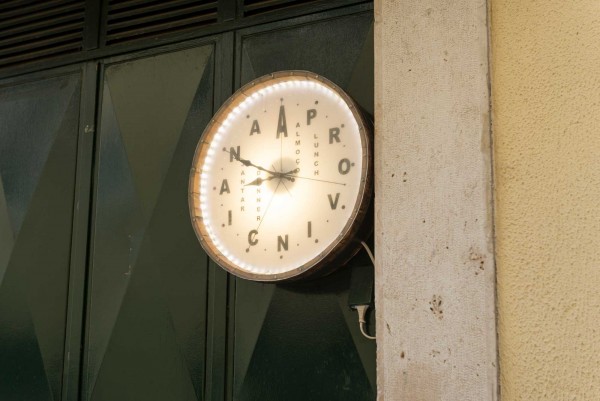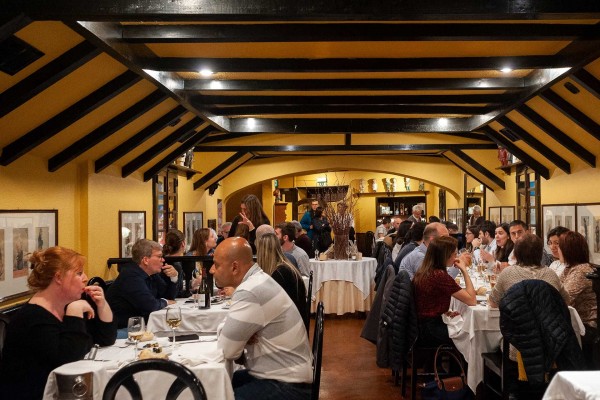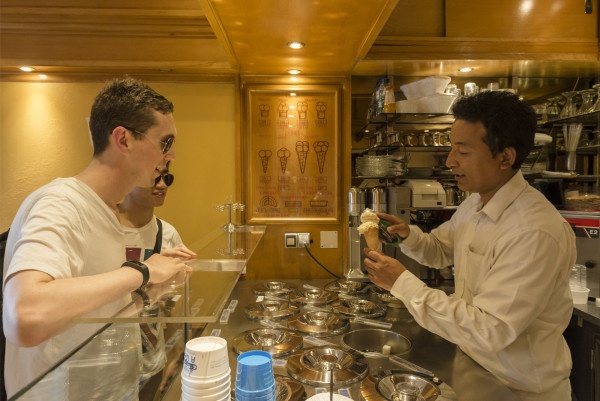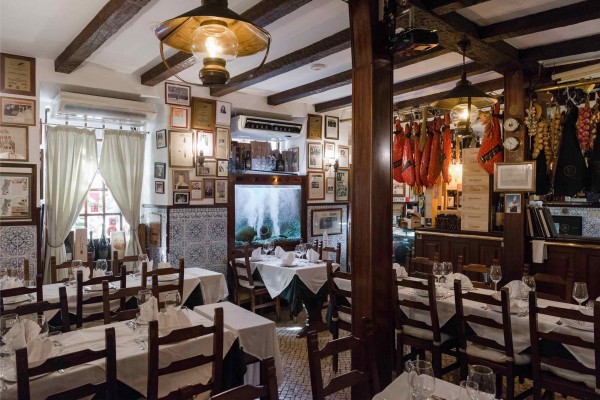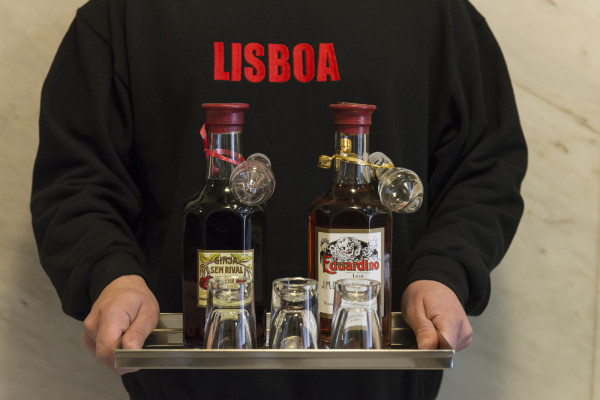The Shop
The Leão d’Ouro (Golden Lion) restaurant has been many things at different times, having gone through various transformations of a commercial, political and social nature. These changes in circumstances were set in motion by a rapid succession of beer taverns and management teams in the 19th century, precisely when the exact events can no longer be corroborated by records. It all began in another part of the city, in Rua de Arroyos (with a “y” instead of today’s “i”), where three workers from the Jansen brewery decided to venture out on their own, producing Leão beer. The venture did not go particularly well, and only lasted a few years, but long enough for the brand to be sold at Cervejaria Varella next to Rossio station. The lion had found a home, so to speak.
The three adventurous partners – António Monteiro, José Varela and Jacinto Franco – having sold the brewery in Arroyos, decided to purchase Cervejaria Varella from its then owner, a Galician. They gave it the name “Cervejaria Leão”, but it came to be known as the “Leão Triste” (Sad Lion) for a while, until things began to pick up and the right name was finally found: “Leão d’Ouro” (Golden Lion). Despite so many ups and downs, one should point out that we are still only in 1885.
It was precisely in this period that a group of artists would meet at the beer hall, eventually becoming known as the “Grupo do Leão” or Lion Group. They would meet in what is today the buffet room, and not where a copy of the famous painting immortalising the group hangs today. The painting is indeed a reproduction. To appreciate the original work one has to go up the Chiado hill to the Museu do Chiado. It is an oil painting on canvas by Columbano Bordalo Pinheiro depicting members of the group around a table, including Silva Porto, José Malhoa and the Bordalo Pinheiro brothers themselves (Rafael and Columbano). The artist is standing, on the right a top hat in his hand, and his brother Rafael is sitting immediately in front of him, wearing a hat. To Columbano’s right is one of the owners at the time, António Monteiro. The painting has had a very eventful history in the art market, with various management teams from 1937 trying to sell the restaurant’s tangible assets.
When the group stopped meeting there, the aforementioned owner had to seek other ways of maintaining the renown the artists had given the restaurant, resulting in the first extension of the space. In 1905 an additional dining room was opened, which then underwent an intervention (in 1944) to render it as it is today: the tile panels, the wrought iron lamps (which were later removed and restored by the current owner, who now keeps them in the restaurant’s storage room), the current façade – all designed by the architect, Vasco Regaleira. The tile panels that give the space its unique character were manufactured by Fábrica de Sant’Anna. It is in this space, in an elevated spot at the back, that one finds the lion statue, around which all this is organised. Thanks to a Diário de Lisboa article in 1963, we know it was not always there:
“The golden lion, the heraldic symbol of the establishment, and work of the wood carver Leandro Braga, that once ruled over the historic counter, its claws proudly a shield with a monogram, was lifted onto a socle high on the wall. It is what remains of the recorded past of this typical Lisbon restaurant.”
Today, the Leão d’Ouro is split into three concepts with very distinct offerings and atmospheres: the restaurant itself, on which we have expanded herein, the buffet space, and the tavern. When, at the beginning of this text, it was claimed that the Leão d’Ouro has been many things, we really mean many things. There are references to a pizzeria that was there in the 1980s, which thankfully only covered the tile panels instead of having the preposterous idea of demolishing them. Well before that, in 1948, there was an accident at the Espingardaria Central, another Historic Shop, just around the corner. An explosion caused by the handling of gun powder. The gun shop, with its arsenal of firearms and hunting instruments, moved into temporary premises in the Leão d’Ouro space. There are many other stories like this, with each new management leaving its mark and each generation of customers transforming it into something new. Today the restaurant is primarily known as a place where one can find traditional Portuguese cooking based on the freshest ingredients, serving dishes that are familiar to the Portuguese but stand out for the cooking. One of its strength is the fresh fish and seafood, particularly the oven-roasted octopus, but also bacalhau (salt cod). There are also live fado evenings for which group reservations can be made.
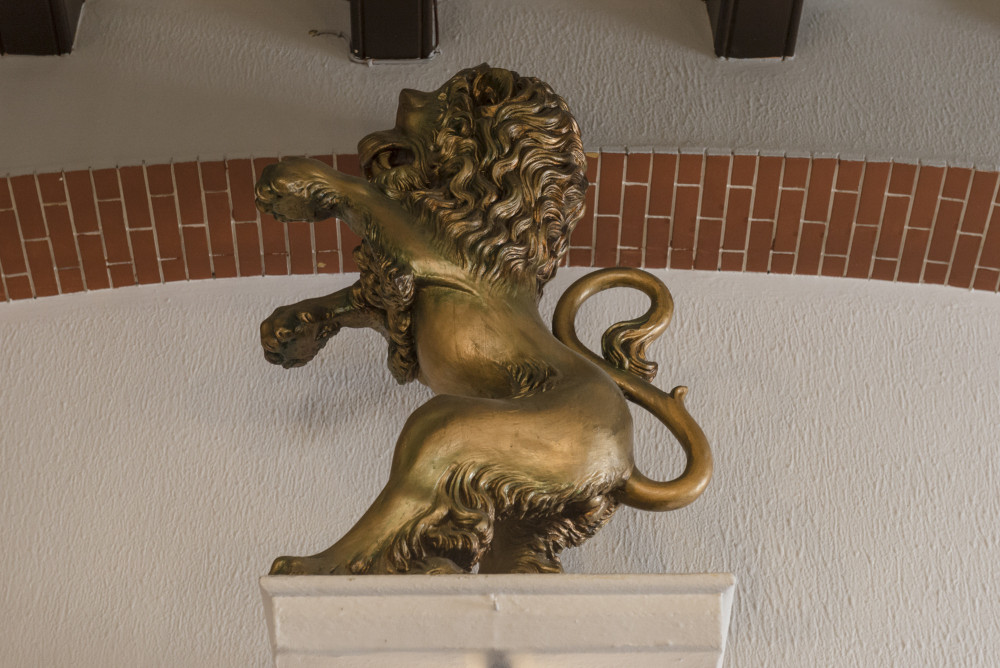
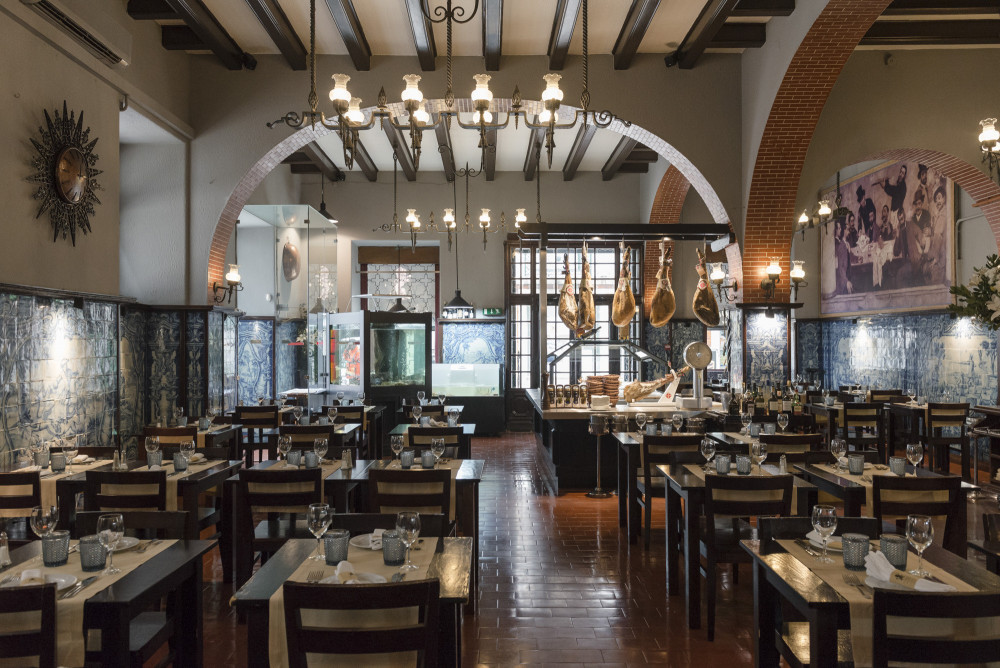
Products
& Services
Restaurant
